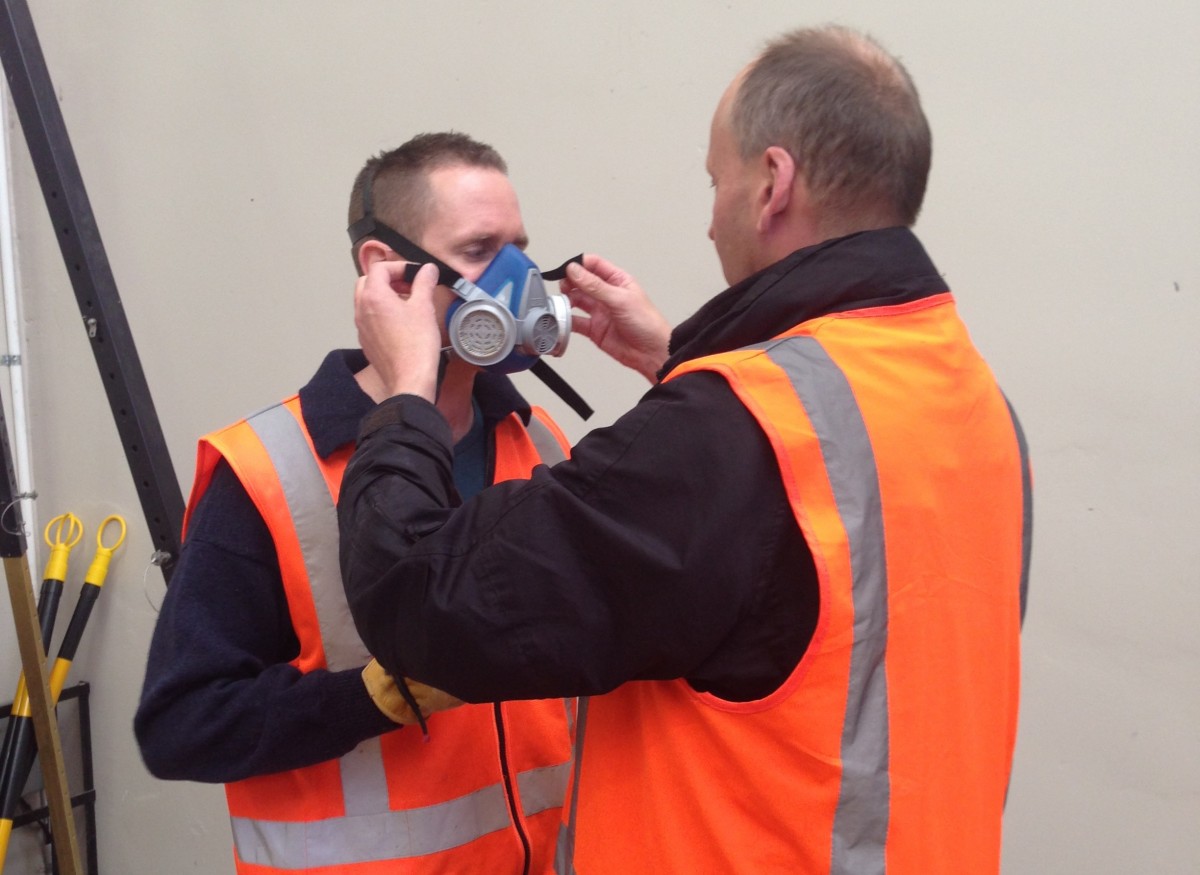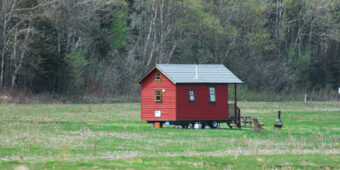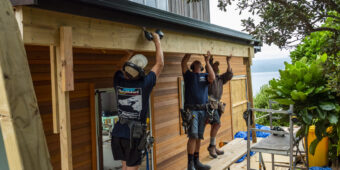Breathing easy – guide to respirators
23 Jan 2018, Prove Your Know How, Safety

Hazardous airborne substances such as dust and chemicals can be a significant risk on site, with the potential to cause cancer, organ damage and, in worst-case scenarios, death. Masks or respiratory protective equipment (RPE) are one way of preventing harm
Often these harmful substances cannot be seen with the naked eye. Site Safe has put together some tips on what you need to think about when investing in RPE.
RPE, like other types of personal protective equipment, should be considered a last resort. Before using it, you should try to eliminate or minimise the risk of exposure and do a risk assessment justifying its use.
You’ll also need to remember to monitor the health of anyone using RPE who could be at risk, to ensure it’s working effectively. Before using RPE, consider:
- Using a safer substance.
- Enclosing the task to prevent it escaping into the air.
- Modifying the process eg, suppress dust with water.
- Extracting emissions/dust eg, use local exhaust ventilation (LEV).
Providing workers with RPE is not a quick and easy fi x – it can be costly to maintain and replace. Over time, engineering control measures such as local exhaust ventilation may be more cost-effective.
However, there will be times when you do need to use RPE, such as:
- While you are arranging other control measures.
- For clearing up a spill.
- During temporary failure of a control measure eg, sudden failure of LEV.
- For cleaning, eg, low pressure washing of a dusty shed.
- For short, one-off procedures.
Respirator options
There are three main types of respirators, each are appropriate for different tasks.
a) Filter respirators
These are designed to filter out contaminants and come in two main types –particulate respirators that filter out dust, and gas respirators that filter out gas and vapours.
b) Powered-air purifying respirators
Also known as PAPRs, these work by using powerful fans to force contaminated air through filters to provide purified air.
c) Supplied air respirators
These provide a steady supply of clean air from an external source, such as a cylinder or air compressor.
Selecting the right RPE can be confusing; we recommend you get advice from occupational hygienists and RPE suppliers.
Substance, operator and task
If you are selecting RPE, you should consider the following: substance, operator and task.
a) Substance – What is the type, nature and toxicity of the contaminant?
- Is it a mist, gas or solid?
- If it doesn’t work correctly or fails, what is the worst that could happen?
- If there were an accident, would it be a fire hazard?
- What control measures does the Safety Data Sheet (SDS) for the substance you are working with recommend?
- Are you choosing the right type of RPE and fi lter for the hazard?
b) Operator – Who is the RPE for?
- Get the right size and face fit for the individual performing the task, remembering that facial hair will have an effect.
- It needs to be reasonably comfortable and compatible with other PPE that is being worn.
- Arrange for fi t testing. This can often be done by the supplier and is a good chance to teach your workers the correct way to wear and use their new equipment.
c) Task – What are you using the RPE for?
- Is it for regular use, short or long duration?
- Is it being used in a confined or ventilated space, light or heavy work?
- What is the access and location of air and does the wearer need clear vision?
You’ll need to have a maintenance programme that includes cleaning and checking for defects.
Remember to store RPE properly – it’s best to use an airtight container.
What kind of RPE do I need?
The selection of RPE will usually require expert help. As an example, though, general construction work, asbestos work, spraying, brushing/rolling and welding/fabrication all require different types of respirator.
General construction work might include cutting, sawing, sanding, drilling, sweeping etc. This type of work could create silica dust, wood dust and general nuisance dust.
A disposable respirator is usually suitable for most general construction tasks where exposures are low (less than ten times the workplace exposure standard), and where it will only be used for short periods. Get an expert to help you determine your workplace exposure standards.
For general construction work where exposure is more than 50 times the workplace exposure standard, a full-face reusable respirator and filter will be required.
Disposable respirators are not suitable for asbestos, spraying, brushing/rolling or welding or fabrication work.
Need more help? Contact one of our expert health and safety advisors at www.sitesafe.org.nz to discuss your RPE needs. They’ll be more than happy to give you the advice you need to stay safe on site.
Register to earn LBP Points Sign in
4 Comments
Leave a Reply
You must be logged in to post a comment.




Good Quiz
A good topic
Yes
good one